16-04-2021:
Report of PPF (petrol particulate filter) warning light on Kia Stonic 1.0 T-GDi. Reader has covered 12,000 miles in 22 months. Dealer says more long journeys required.
September 2017
Kia Stonic prices announced
Five versions at launch, based on two trim grades (‘2’ and ‘First Edition’) and three engines.
Available with a 98bhp 1.4-litre multi-point injection petrol engine, a 118bhp 1.0-litre T-GDi unit and a 108bhp 1.6-litre CRDi turbodiesel. All models have a six-speed manual gearbox and feature ISG, Kia's intelligent engine stop/start system.
Pricing will start at £16,295 for the 1.4-litre petrol grade ‘2’, rising to £20,495 for the ‘First Edition’ 1.6 CRDi diesel.
All versions are generously equipped, with an extensive range of active safety features and up-to-the-minute connectivity in ‘First Edition’ versions. ‘First Edition’ models also have two-tone paintwork, with the roof, wing mirror casings and rear spoiler picked out in either black, lime green, red or orange, depending on the choice of main body colour, with corresponding accents around the lower centre console and display screen areas.
‘First Edition’ also has Blind Spot Detection with Rear Cross Traffic Alert, to prevent the car from being driven into the path of a vehicle approaching from an angle out of the driver's eyesight.
There is a 7.0-inch display with a DAB radio and MP3 compatibility in grade ‘2’, and in the ‘First Edition’ this is upgraded to a 7.0-inch touchscreen navigation and infotainment system featuring Kia Connected Services with TomTom. Android Auto and Apple CarPlay smartphone integration are standard across the range.
All models have 17-inch alloy wheels, air conditioning, all-round electric windows with an automatic function on the driver's side, roof rails, rear parking sensors, remote locking, electrically adjustable heated door mirrors, a 3.5-inch supervision cluster, Bluetooth with voice recognition and music streaming, automatic light control, bi-function projection headlamps and cornering lights and LED daytime running lights. There are body-coloured bumpers, door mirror casings and door handles, steering wheel-mounted audio controls, 60:40 split rear seats and a six-speaker audio system.
‘First Edition’ adds a smart key entry system and engine start/stop button, stainless steel pedals, black cloth and grey faux leather upholstery with colour accents, automatic air conditioning, LED rear lights, privacy glass on the rear side windows and tailgate, heated front seats and D-shaped steering wheel, chrome window trim and interior door handles and a dual-height luggage floor.
Standard paint colour is Sienna Brown, with a black roof on the ‘First Edition’. Clear White, Blaze Red, Graphite and Midnight Black are options on grade ‘2’, while ‘First Edition’ versions can be ordered in Clear White, Blaze Red and Zest Yellow, all with a black roof; Midnight Black with a red roof; Graphite with a lime green roof; and Urban Grey and Satin Silver with an orange roof.
|
Model
|
Power bhp
|
Torque
|
0-60 sec
|
Max speed mph
|
Comb. mpg
|
CO 2 g/km
|
|
Stonic ‘2’ 1.4 ISG
|
98
|
133
|
12.2
|
107
|
51.4
|
125
|
|
Stonic ‘2’ 1.0 T-GDi ISG
|
118
|
171
|
9.9
|
115
|
56.5
|
115
|
|
Stonic ‘2’ 1.6 CRDi ISG
|
108
|
260
|
10.9
|
112
|
67.3
|
109
|
|
Stonic ‘First Edition’ 1.0 T-GDi ISG
|
118
|
171
|
9.9
|
115
|
56.5
|
115
|
|
Stonic ‘First Edition’ 1.6 CRDi ISG
|
108
|
260
|
10.9
|
112
|
67.3
|
109
|
January 2018
Kia Stonic Mixx special edition announced
Kia has added a new special edition to the Stonic range – the Stonic Mixx. Powered by a 1.0-litre T-GDi engine, developing 118PS at 6000rpm and 171Nm of torque between 1500 and 4000rpm, the Stonic Mixx is finished in an eye-catching combination of Clear White paintwork with an orange roof. Inside, unique black cloth and grey faux leather upholstery with orange accents is combined with a lower centre console and display screen surround finished in orange trim.
Standard equipment on the Stonic Mixx includes 17-inch alloy wheels, air conditioning, front and rear electric windows, privacy glass for the rear windows and tailgate, a reversing camera system with dynamic guidelines, a D-cut perforated leather steering wheel, satin chrome interior door handles and a six-speaker audio system with 7.0-inch touchscreen display with DAB radio, RDS, MP3 compatibility and Apple CarPlay and Android Auto. Bi-function projection headlights with static bending and LED daytime running lights deliver a stylish look, along with LED rear combination lights.
The Stonic Maax costs £18,200 when mated to a six-speed manual gearbox, with the seven-speed dual-clutch auto transmission priced at £19,200. The combined fuel economy figure for both the manual and DCT automatic is 46.3mpg, while emitting 130 g/km of CO2 for the manual version and 120g/km with the DCT automatic transmission. Acceleration to 60mph is achieved in 9.9 seconds for the manual and 10.2 seconds for the DCT7 automatic, with a top speed of 114 and 115mph, respectively.
With the last decade in the rear-view mirror, Kia is adding a splash of colour to the winter season with new special editions of the Picanto and Stonic, both on sale from 2 January 2020. In addition, Kia is expanding the model range of its Niro PHEV by offering a new ‘2’ specification. All models are available to order now from Kia showrooms.
August 2018
Kia Stonic 1.0T GDI DCT-7 dual clutch automatic now available.
January 2020
Kia Stonic Maxx updated for 2020
Following on from last year's Stonic Maxx special edition, Kia's launched an updated version for 2020. Priced from £19,055, for the 6-speed manual or £20.055 for the DCT7 automatic, both with the 120PS 1.0-litre T-GDi petrol engine.
It's finished in a new colour combination - white paintwork with a contrasting red roof. Standard equipment includes 17-inch graphite-coloured alloy wheels, rear privacy glass and black faux-leather upholstery. At the rear, there's LED combination lights, while a reversing camera is also standard.
August 2020
Facelifted Kia Stonic announced
The upgraded Stonic offers drivers a range of efficient new ‘Smartstream’ powertrains, with innovations that enhance efficiency. Among these, the Stonic is now available with Kia’s new petrol 48V mild-hybrid ‘EcoDynamics+’ powertrain, and is also equipped with the company’s new ‘clutch-by-wire’ intelligent Manual Transmission.
The interior and exterior design of the Stonic remain largely unchanged, however owners have even greater scope of colour options than before, with new body and roof colours and combinations, and a new wheel choice. Inside, a larger 8.0-inch touchscreen infotainment and navigation system can be specified with Kia’s new ‘Phase II’ UVO Connect telematics features. Safety and driver support are further enhanced with the adoption of a range of new high-tech advanced driver assistance systems (ADAS).
October 2020
Kia Stonic updated with GT-Line trim and mild-hybrid tech
Introduced for MY2021, the Kia Stonic GT-Line features a bespoke front grille, bumpers and LED headlights as well as a rear boot spoiler. The interior gets black cloth and faux leather seats (embossed with the GT-Line motif) and an eight-inch navigation system. There's also a top-spec GT-Line S model with unique colour combinations, front parking sensors and Blind Spot Collision Warning.
The mild-hybrid system pairs a 120PS 1.0-litre turbocharged petrol engine with a 48-volt mild-hybrid system to harvest energy usually left under braking.
Prices and specifications:
|
Model
|
Price £
|
Power bhp
|
Torque
Nm
|
0-60 sec
|
Max speed mph
|
Comb. mpg
|
CO 2 g/km
|
|
'2' 1.0 T-GDi 99bhp 6-speed manual ISG
|
£18,195
|
99
|
172
|
10.7
|
115
|
49.6
|
129
|
|
'2' 1.0 T-GDi 99bhp 7-speed DCT ISG
|
£19,195
|
99
|
172
|
11.7
|
108
|
49.6
|
130
|
|
‘GT-Line’ 1.0 T-GDi 118bhp 48V 6-speed iMT ISG
|
£20,745
|
118
|
172
|
10.4
|
115
|
TBC
|
TBC
|
|
‘GT-Line’ 1.0 T-GDi 118bhp 48V 7-speed DCT ISG
|
£21,745
|
118
|
200
|
10.4
|
115
|
TBC
|
TBC
|
|
‘Connect’ 1.0 T-GDi 118bhp 48V 6-speed iMT ISG
|
£21,195
|
118
|
172
|
10.4
|
115
|
51.4
|
125
|
|
‘Connect’ 1.0 T-GDi 118bhp 48V 7-speed DCT ISG
|
£22,195
|
118
|
200
|
10.4
|
115
|
49.6
|
129
|
|
‘GT-Line S’ 1.0 T-GDi 118bhp 48V 6-speed iMT ISG
|
£22,245
|
118
|
172
|
10.4
|
115
|
TBC
|
TBC
|
|
‘GT-Line S’ 1.0 T-GDi 118bhp 48V 7-speed DCT ISG
|
£23,245
|
118
|
200
|
10.4
|
115
|
TBC
|
TBC
|
January 2023
Kia Stonic Quantum special edition priced from £21,600
Kia UK has revealed the Stonic ‘Quantum’, a new special edition of its popular B-segment SUV.
The ‘Quantum’ edition sits at the heart of the Stonic line-up (above the ‘GT-Line’ and below the ‘3’) with a purchase price of £21,600.
Standard equipment includes heated front seats, heated steering wheel, smart key with engine start/stop, rain-sensing front wipers and auto-dimming rear-view mirror.
The ‘Quantum’ model also offers a single bold colour scheme, with the exterior featuring a Storm Grey body with yellow two-tone roof. Inside, the cabin is finished with new black cloth and grey faux leather seats with yellow inserts, as well as a yellow interior package which lifts the cabin further with additional colour highlights.
The Stonic ‘Quantum’ is powered by Kia’s popular 1.0-litre T-GDi (Turbocharged-Gasoline Direct injection) engine, producing 99PS and powering the front wheels via a six-speed manual transmission.
Order books for the Kia Stonic ‘Quantum’ are now open across Kia’s UK dealer network, with first customer deliveries due to start in early 2023.

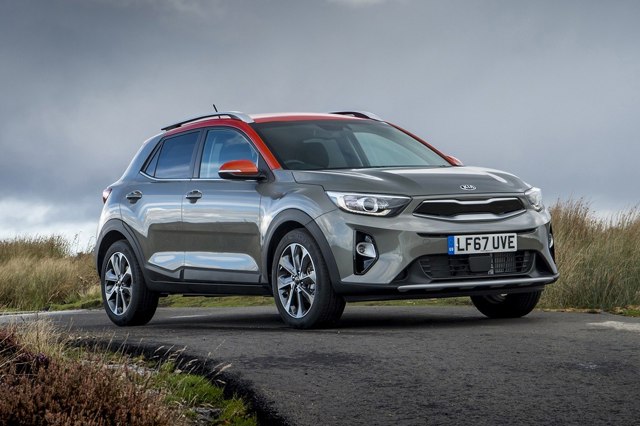
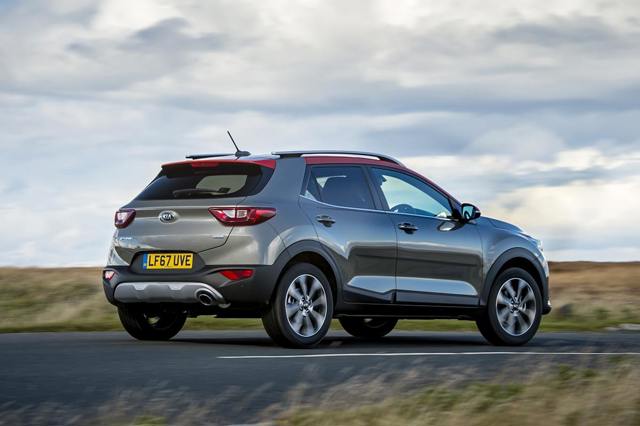
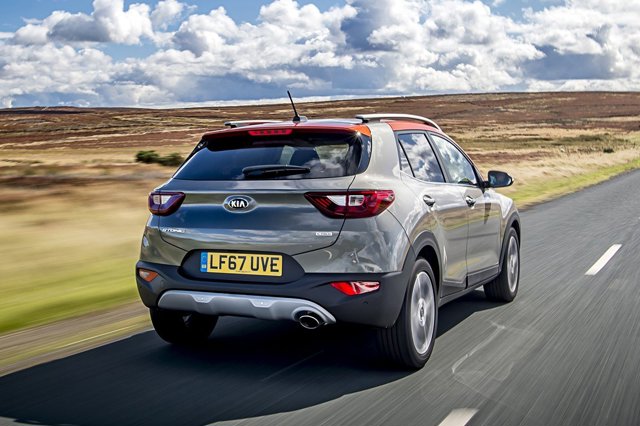
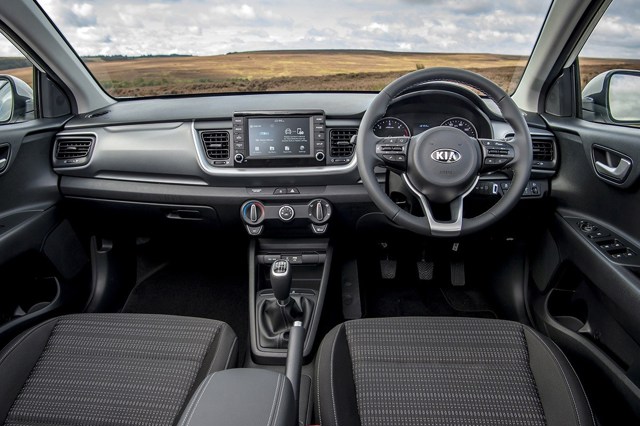
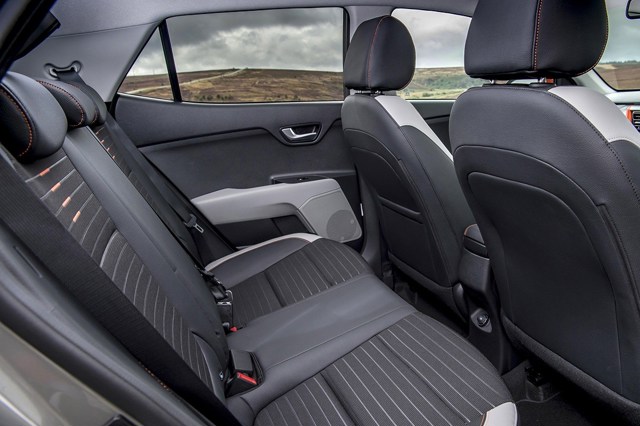
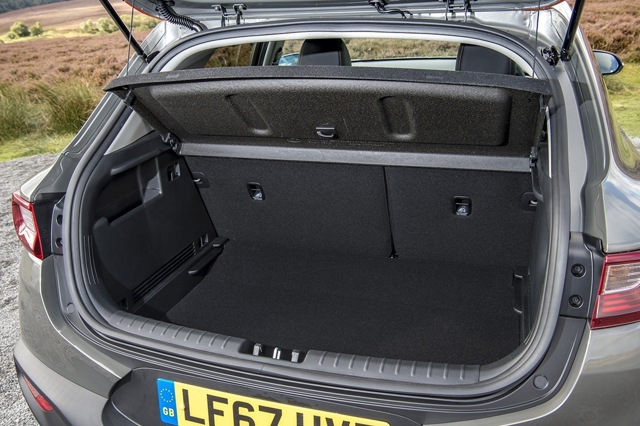
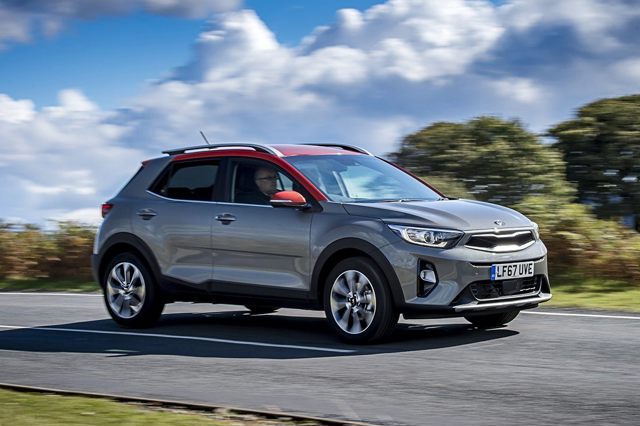


 Impressive petrol and diesel engines. Low running costs. Decent handling. Seven-year-warranty.
Impressive petrol and diesel engines. Low running costs. Decent handling. Seven-year-warranty.
 Dreary cabin. Cramped rear seats. Bumpy ride quality on larger wheels.
Dreary cabin. Cramped rear seats. Bumpy ride quality on larger wheels.
.jpg?width=240&height=160&rmode=crop)

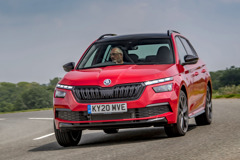
.jpg?width=240&height=160&rmode=crop)



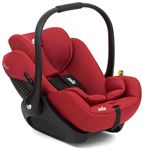

 What is your car like to live with?
What is your car like to live with?



